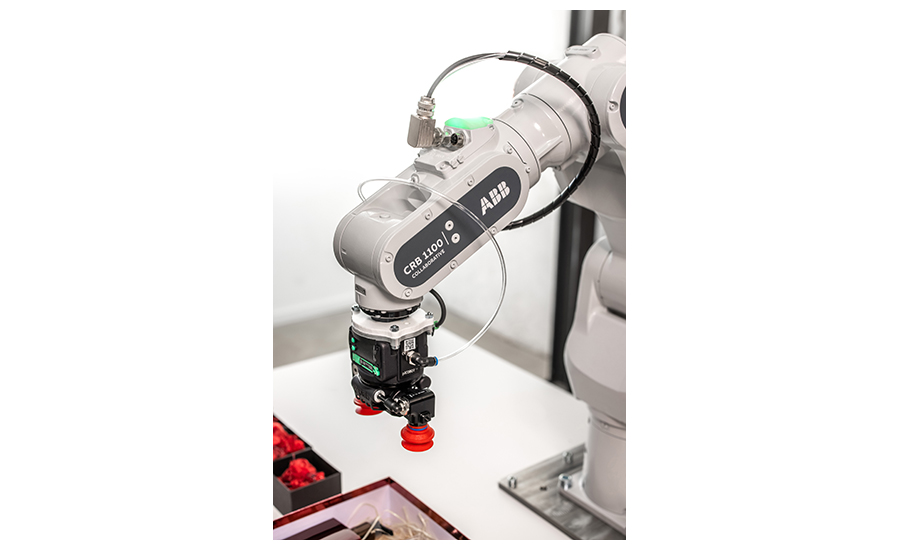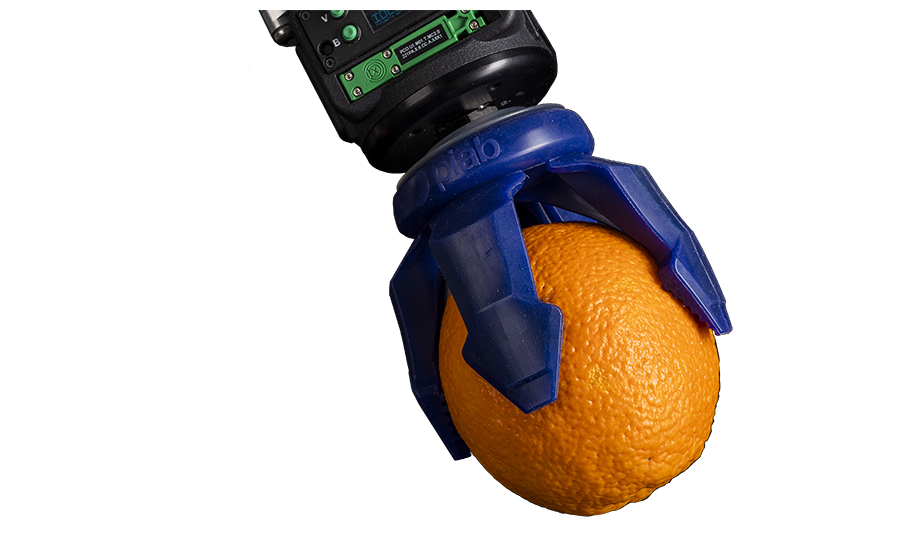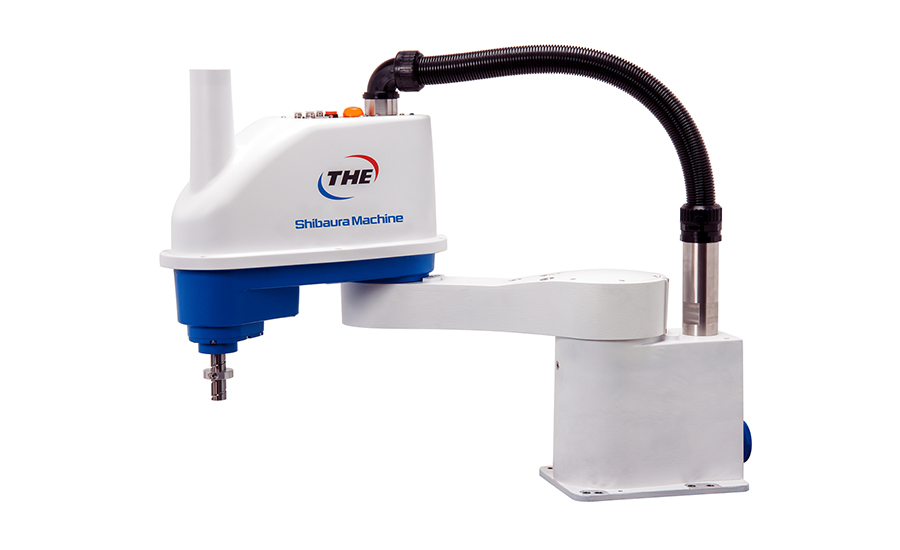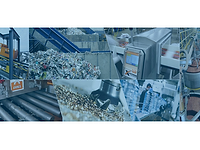The processing of food at high volumes has traditionally posed many problems for robots and cobots, and has lagged behind other industries. Foods have a variety of shapes and sizes and can be delicate in nature. These variables can be challenging when a robot tries to grasp an item. The delicate often has strict requirements for quality, making them even harder to grasp (think: strawberries).
Non-automotive robot orders now represent 58% of the North American total. Unit sales to the food and consumer goods sector alone increased 29% in 2021 over 2020, according to Association for Advancing Automation (A3).
“More industries recognized that robotics could help reverse productivity declines and fill repetitive jobs human workers don’t want. It is no longer a choice whether to deploy robots and automation,” says Jeff Burnstein, president of A3. “It’s now an absolute imperative. As we’ve long believed—and users continue to confirm—robots help companies compete, ultimately creating more jobs to handle their growth.”
Both robots and cobots are used in various ways in both primary and secondary food processing, A3 shares. Some common and emerging applications include:
- Pick and place of fruits and vegetables
- Robotic cutting and slicing for seafood or beef
- Robotic dispensing for cake decorating
- Robotic cleaning to maintain safe working environments
- Vision-guided sorting robots for produce
- Palletizing and depalletizing (packaging)
Some robots can even make pizzas without any human intervention.
Cobots
Unlike industrial robots, collaborative robots work alongside humans. They do not replace them. Cobots are easy to program, which allows food and beverage producers quickly adapt to new products and delivery requirements. Collaborative robot arms can be reprogrammed, moved and redeployed, so even smaller facilities can run multiple lines or switch from production to packaging in the same floor space.
Cobots typically are easier to program than typical industrial robots, as they can be programmed by non-experts and are preferred for fast implementation. They are seen in material handling, assembly, material removal, quality inspections and food packaging, among other uses.

End of arm tools
According to A3, one of the most important advances in robotic technology for food processing has been the introduction of more advanced grippers. Today there are soft grippers that can quickly, yet gently, handle sensitive food products such as fruits and vegetables. Other types of grippers, such as vacuum grippers, have also shown promise in handling delicate or irregularly shaped items. Many advanced grippers are paired with robust robotic vision technology to guide the robotic arm, allowing it to compensate for variations in product shape. This creates greater accuracy and consistency in processing applications.
Cobots use grippers, whether vacuum grippers, pneumatic grippers, hydraulic grippers or servo-electric grippers, to handle items. The vacuum gripper uses a rubber or polyurethane suction cup to pick up items and offers a high degree of flexibility.

We wanted to get the perspective of a robotics supplier to let us in on how robotics is being used in food processing. Nigel Smith, president of TM Robotics, spoke with us about the topic.
FE: It hasn’t been easy to add robots/cobots to the food processing industry due to the inherent nature of food—different shapes, sizes, etc. How have robots/cobots been used in the F&B processing industry lately?
NS: Collaborative robots are still in their infancy when compared to traditional robot types, so it is not surprising that there are fewer present in food processing than some other industries. Due to the high-pressure nature of food processing—reliance on fast production, low waste and minimal downtime—most facilities stick to the robot types they know and trust, whether that be SCARA, Cartesian or 6-axis.
One of the most valuable features of robots for food processing is an adequate vision system to manage the difficulties in dealing with irregular shaped items. Shibaura Machine’s TSVision3D is a good example of how to manage this. The technology uses several cameras to enhance a robot’s vision, enabling it to see the shape of an item to pick it up in the most effective way. Importantly for food processing plants, this is also possible for non-uniform items, like fruits and vegetables.

FE: Due to labor shortages, as well as the pandemic, it seems more F&B manufacturers have turned to robots and/or cobots to fill roles. Do you think this is a current trend or the wave of the future?
NS: Robots and automation have long been used to improve production in all types of manufacturing environments, and their popularity won’t dwindle anytime soon.
We know that robots are used in pick-and-place, cutting and slicing of meats and cheeses, cleaning and sorting, and dispensing in bakery production. What are some other applications being used in food processing?
NS: There are already a plethora of potential applications for robots in food processing. In fact, there are few applications that cannot be robotized with some type of automation. TM Robotics works with several original equipment manufacturers (OEMs) around the world to engineer unique robotic solutions for applications such as putting tomato paste on pizza, packing cheese into trays, cake cutting and cake decorating, to name some of the more unique applications we have been involved with.
Are there any areas in F&B processing (or packaging) that do not employ robots or cobots, but should be?
NS: One of the most obvious benefits for robots is to remove humans from potentially dangerous tasks. In food processing, there are several applications that could pose a threat to worker safety. Automating these should be the first port of call.
What are the deciding factors for a F&B manufacturer to add robots/cobots to their production floor?
NS: The most important deciding factor before investing in robots is to consider the potential return on investment. Let’s say you plan to use two SCARA robots. The robots will run for three shifts a day, six days a week, 48 weeks of the year. The equivalent labor usually requires two operators per shift, equating to six operators to complete the same throughput over a working week.
Using the average salary of a production operative as an example, at $40,000 per annum, removing these roles would reduce labor costs by $180,000 a year. However, even with a robot, human labor is not entirely eliminated. A good rule-of-thumb for labor estimations alongside a robot is 25% of current costs, reducing the total labor budget to $45,000 per year. Minus this figure from the total robot purchasing cost, and you have an estimated first year ROI. Naturally, most robot investments take a few years to recoup.







